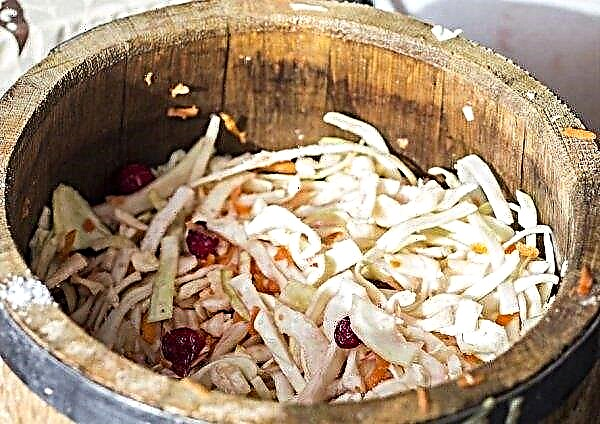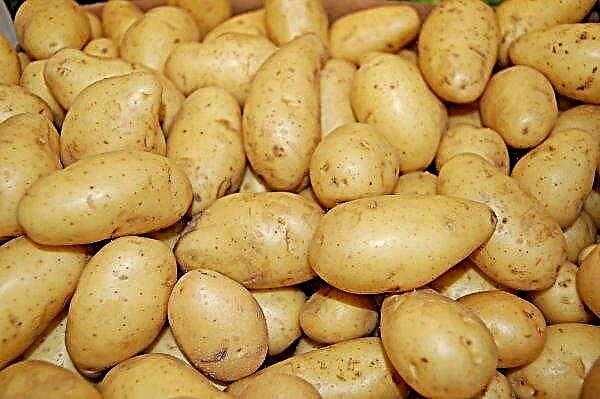While Macrolophus feeds on eggs and larvae of greenhouse and tobacco whiteflies, it also loves aphids, spider mites and moth eggs. A bright green predatory insect can go a long way in growing sweet peppers.
Most sweet pepper producers start with a chemical spraying program, after which they inject predatory mites, and with the inevitable loss of more chemical active substances, they face the difficult task of combating aphids, tobacco whiteflies and caterpillars.

John van Eyck, Biobest consultant, said: “The predatory Macrolophus is polyphage, which means that it eats almost all pests, making it ideal for controlling a number of pests. For example, in tomato crops, producers are already making great strides with this insect. ”
Scientists have found that eating sweet pepper affects a person like chocolate. Having eaten this vegetable, the body begins to produce endorphins - hormones of happiness and joy.
The use of an additional food source is a prerequisite for the healthy build-up of Macrolophus. “We recommend adding Nutrimac with the advent of insects,” says John. “Nutrimac consists of sterilized, protein-rich Ephestia eggs. Another option is Nutrimac-Plus, which additionally contains artemia - shrimp cysts. Later, during the growing season, most manufacturers switch to 100% artemia to provide ideal conditions for success in using Macrolophus. The insect can be introduced by spreading or blowing. "
- A team of researchers from Cartagena Polytechnic University (UPCT) has developed an active container that can extend the shelf life of vegetables contained in it by more than 40%, significantly reducing the percentage of rotting fruits.
- The first deliveries of domestic pepper of the harvest in 2019 began to appear on the site of the largest wholesale market of western Ukraine in Lviv, ORU “Shuvar” last week, pepper was grown in greenhouses of Transcarpathia.
- Earlier we wrote how deliciously canned sweet peppers for the winter












